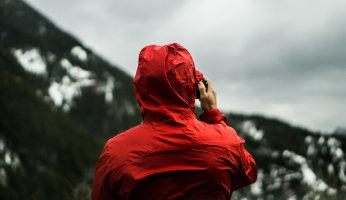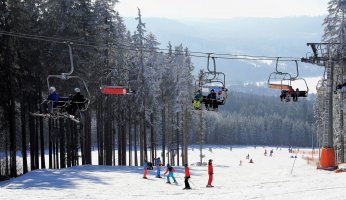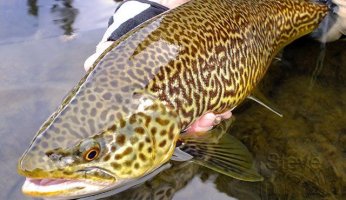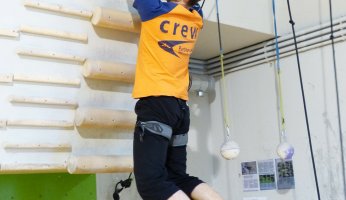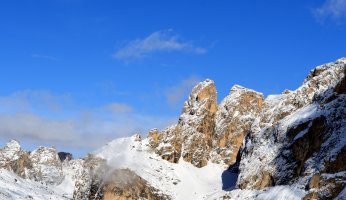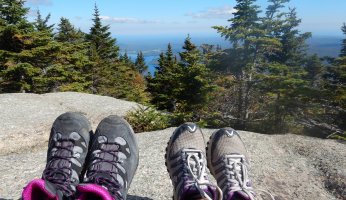The Real Difference Between Skiing & Snowboarding
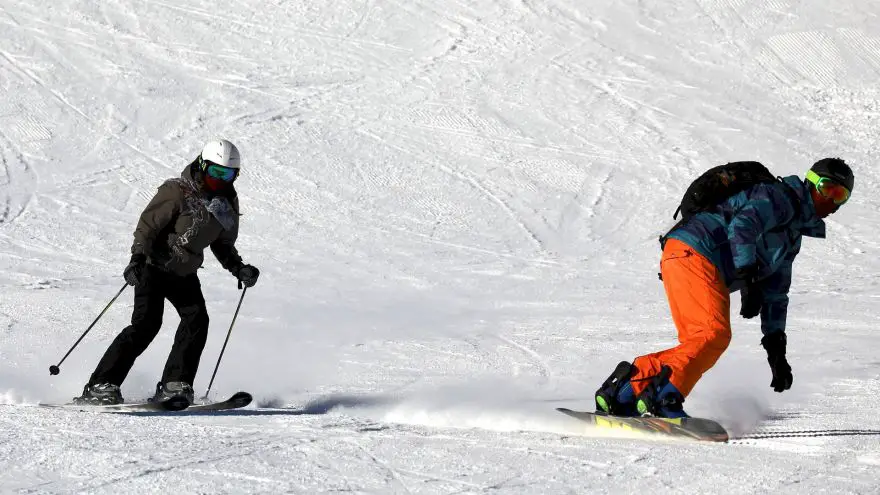 The Real Difference Between Skiing & Snowboarding
gearweare.net
The Real Difference Between Skiing & Snowboarding
gearweare.net
Skiing has existed in some form or another since 6,000 BCE as a means of travel over snowy and icy terrain, however it was not until the turn of the 20th century that it began to take on the form it has now. As the century progressed, more ski resorts opened and skiing became more popular. Snowboarding’s origins are much more recent. The snurfer, commonly accepted as its first incarnation, was invented in the 1960s. This sled like board with a rope one held as they moved down the hill, was created as a children’s toy. It was simple, yet served as inspiration to pioneers of snowboarding like Jake “Burton” Carpenter and Tom Sims. By the 1980s, snowboards had taken on the basic shape they have today. Snowboarding was also beginning to be seen as a viable snow sport.
Skiers initially saw snowboarders as hoodlums, in large part because this new sport was derived from skate and surf culture. It drew a comparatively more rebellious crowd to mountains, which was not always welcome. However, in the almost 40 years since snowboarding has come onto the scene thinking has evolved and most people now understand the two sports as just different means to the same goal of having a great time on snow.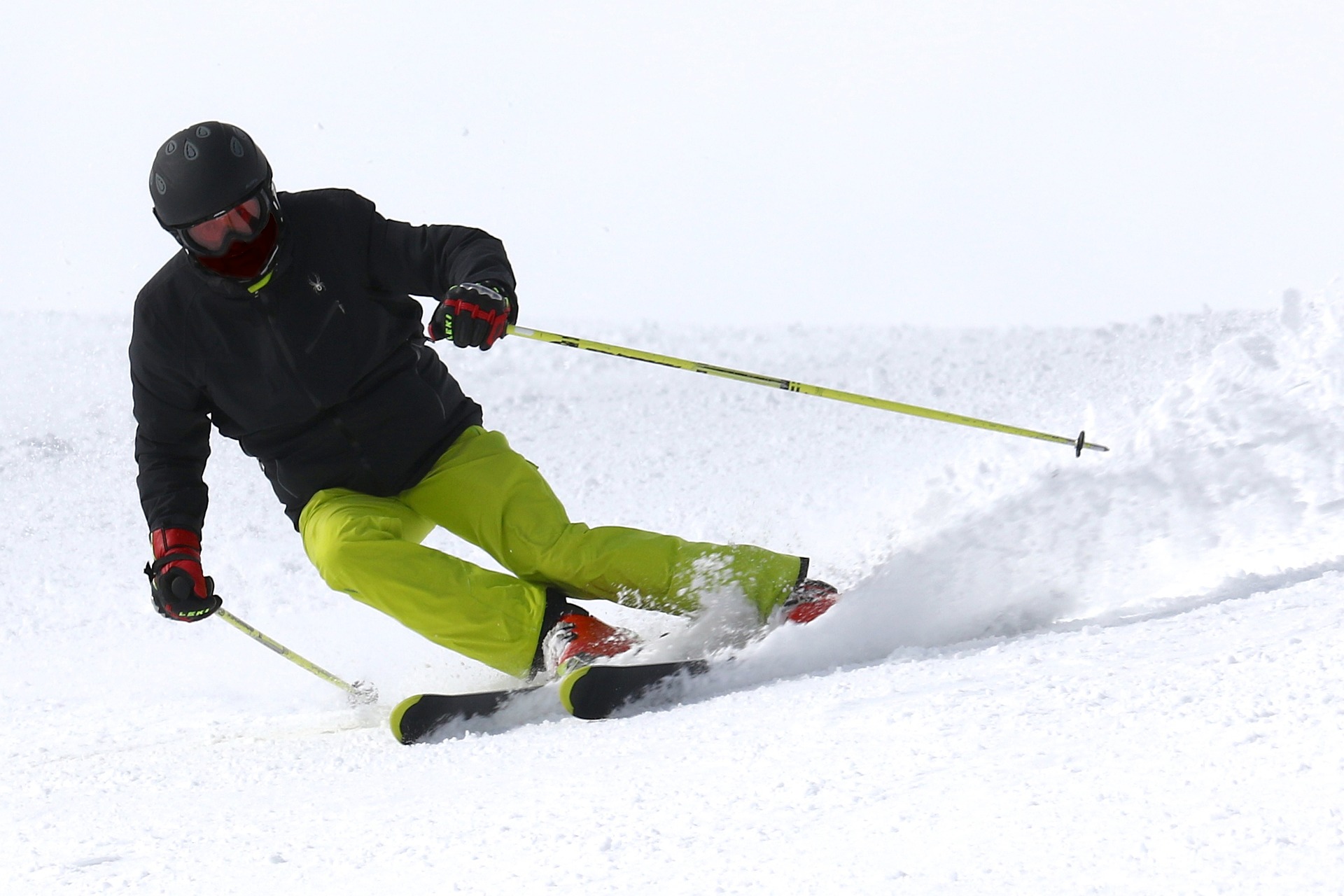
Practically speaking there are some real differences between skiing and snowboarding though. The most obvious is of course the fact that when skiing you have one plank strapped to each foot, while on a snowboard you have both feet strapped to just one.
The ability to move each foot independently makes skiing feel more natural right away. The way that skiers are positioned in relation to their movement across the terrain is also more natural. Their feet face forward on each ski, and point in the same direction that they are moving. This body positioning is similar to the way we move throughout the world when walking or running. However, snowboarder’s feet are secured facing angularly to the direction that they are moving. This sideways stance can feel weird at first, particularly on the toe edge when one’s back faces down the mountain, but with practice becomes very fluid and efficient.
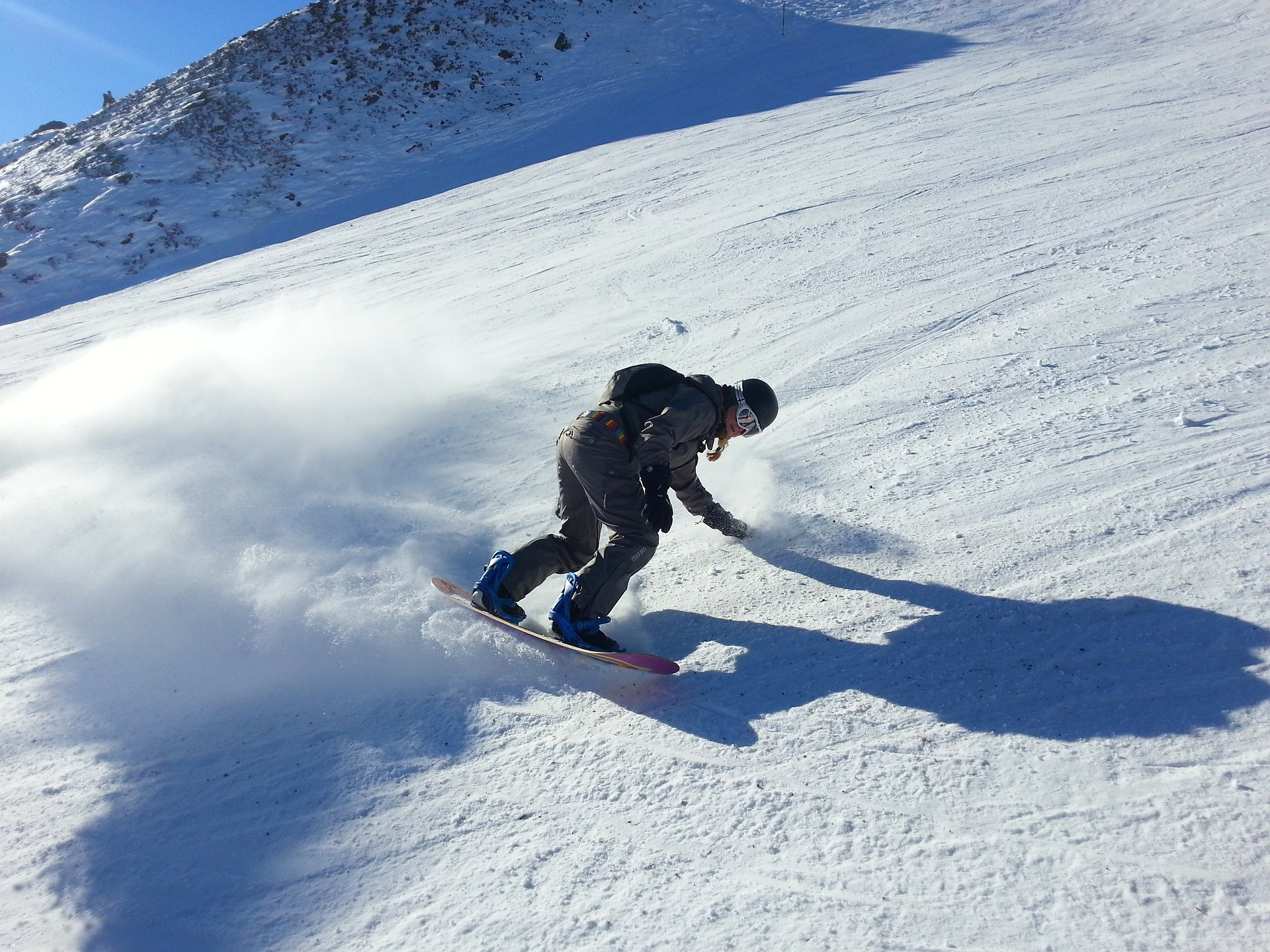
The learning curve for skiing and snowboarding are also quite different. Once one figures out how to do a gliding wedge on skis, it is possible to get down almost any run, and this skill can be picked up after only a few days on the hill. Proper skiing form is more difficult to master, and involves pivoting your hips and knees in complicated but precise movements. Many beginners ski by turning their entire body, which offers far less control and precision but can help them get down tougher trails sooner.
Anyone who snowboards can tell you that learning to ride is tough. Lots of falls are guaranteed, but once you get the hang of it progression can come more quickly than on skis. Still, there are some habits that snowboarders pick up that allow them to feel like they ride better than they do. Falling leaf, which involves moving downhill by switching which foot is in front instead of making full turns, is a way that many novice snowboarders get through terrain that they can’t actually ride. The true difference in the learning curve is therefore a matter of whether the most difficulty comes right at the beginning or a little later. If not taught properly practitioners of both snow sports can pick up persistent bad habits. More importantly, once a skier or rider reaches an upper level the differences begin to blend, and the techniques of upper and lower body separation that are integral for mastery begin to translate to both disciplines.
This brings us to the common misconception about snowboarders that they can’t excel in the same terrain as skiers. It is true that moving through moguls takes a bit more practice for snowboarders, however in reality both snow sports are well suited to just about any landscape. In terms of physics, the fact that skis have four edges as opposed to two gives them better grip on icy terrain, and the large surface area of a snowboard lets is float more easily in powder. At the most elite level, skiers are also definitively faster and can jump farther. For most of us though the differences between where a skier or snowboarder excels has more to do with ability level and the tech behind one’s equipment than which method for sliding down mountains they choose. The argument can be made that it is harder to venture into the backcountry with a snowboard, however as splitboard technology keeps getting better this point is rendered moot. In terms of accessible terrain, the choice between a pair of skis or a board is really a matter of preference.
Despite the initial trepidation the ski community had towards riders, snowboarding has rejuvenated the snow sport industry. Though much of established ski technology was used to build the first snowboards, snowboard tech inspired how modern skis are built. Shaped skis, wide powder skis, and twin-tips are some revolutionary examples of technologies that were inspired by snowboards.
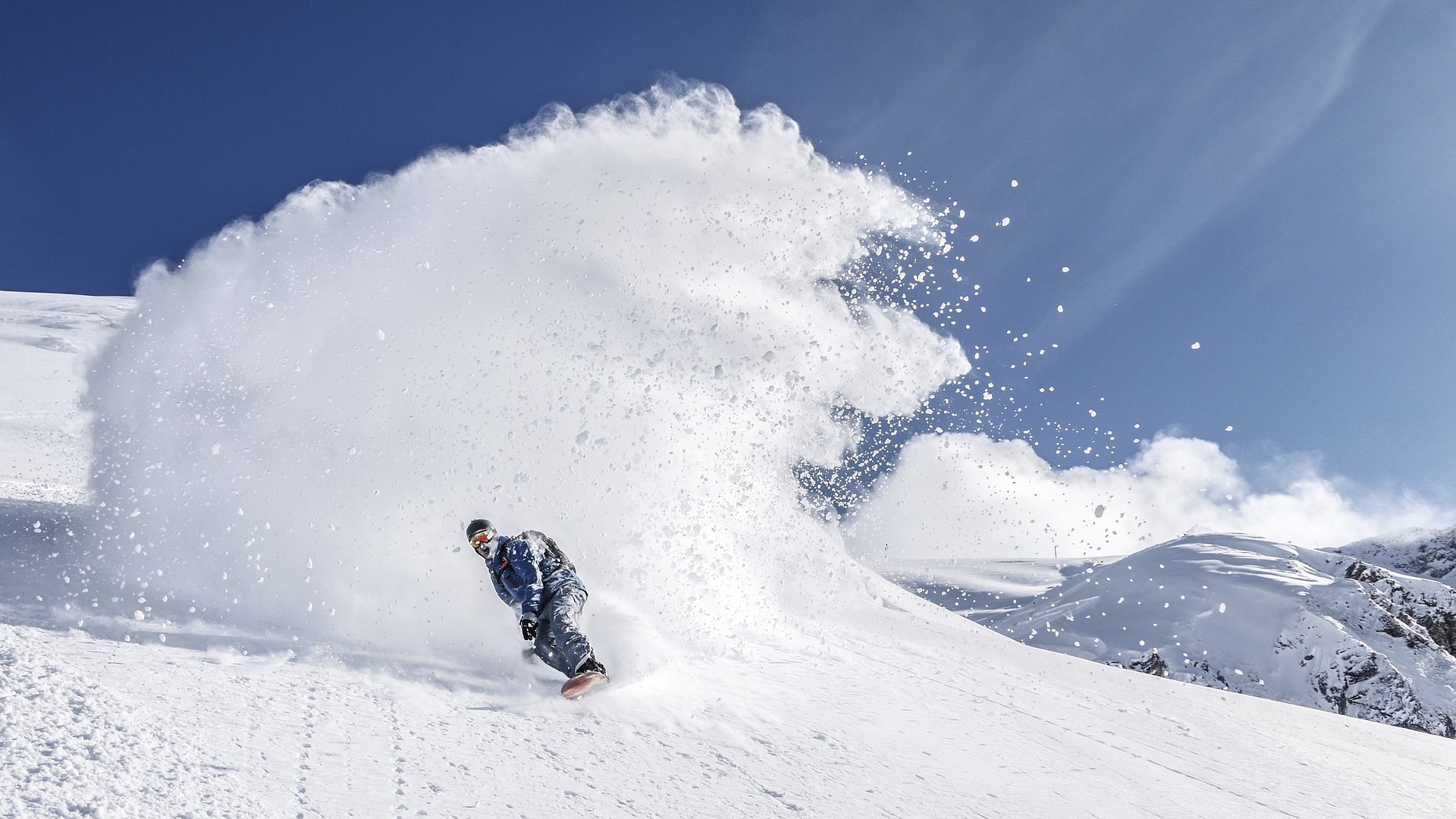
The few other differences that exist don’t have much to do with actually moving down the mountain. First is the injuries each athlete is most likely to sustain. The ubiquitous injury among skiers is tearing their Anterior Cruciate Ligament (ACL) in the knee. ACLs are torn through twisting motions, which is the most common movement in proper parallel skiing. Coupled with the intense pressure skiers put on their knees and the fact that when skiers fall their limbs can become quite twisted, it is no wonder this sport sends so many to the ER with this injury. Snowboarding is a bit easier on the knees and ACL injuries are far less common. However, wrist and head injuries occur often enough to make up the difference.
Finally, the equipment skiers and snowboarders use is obviously quite different. Snowboarders, who wear comfortable boots and only have to carry around one board, have the comfort advantage. Ski boots are notoriously heavy and difficult to walk in, and for the unpracticed carrying two polls and two skis can be a lot to manage. However, skis are easier to manage when one is on the resort. Polls make is easy to move in flat areas and uphill where snowboarders sometimes have to unstrap a foot to move. At the end of the day these two sports are similar enough that these factors of gear can contribute to the decision of which to choose when hitting the slopes for the first time.





